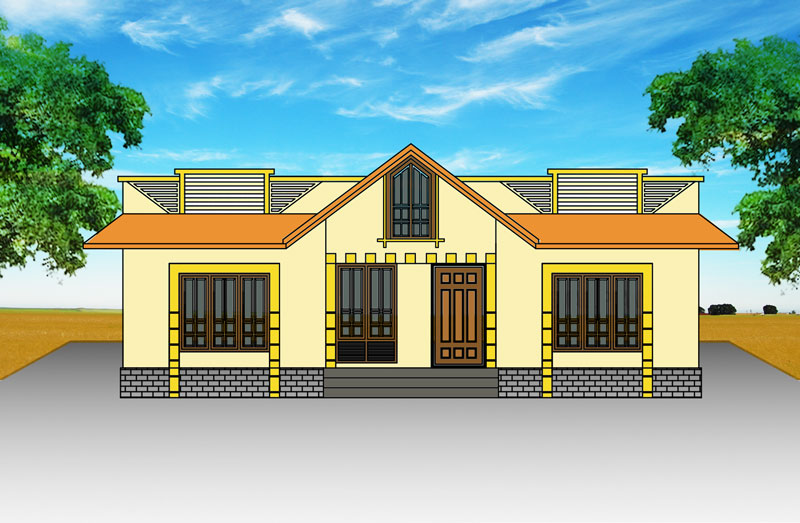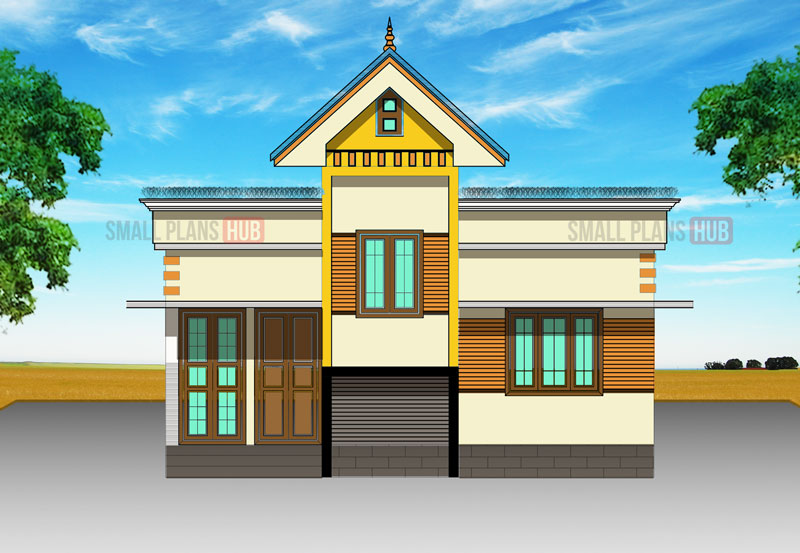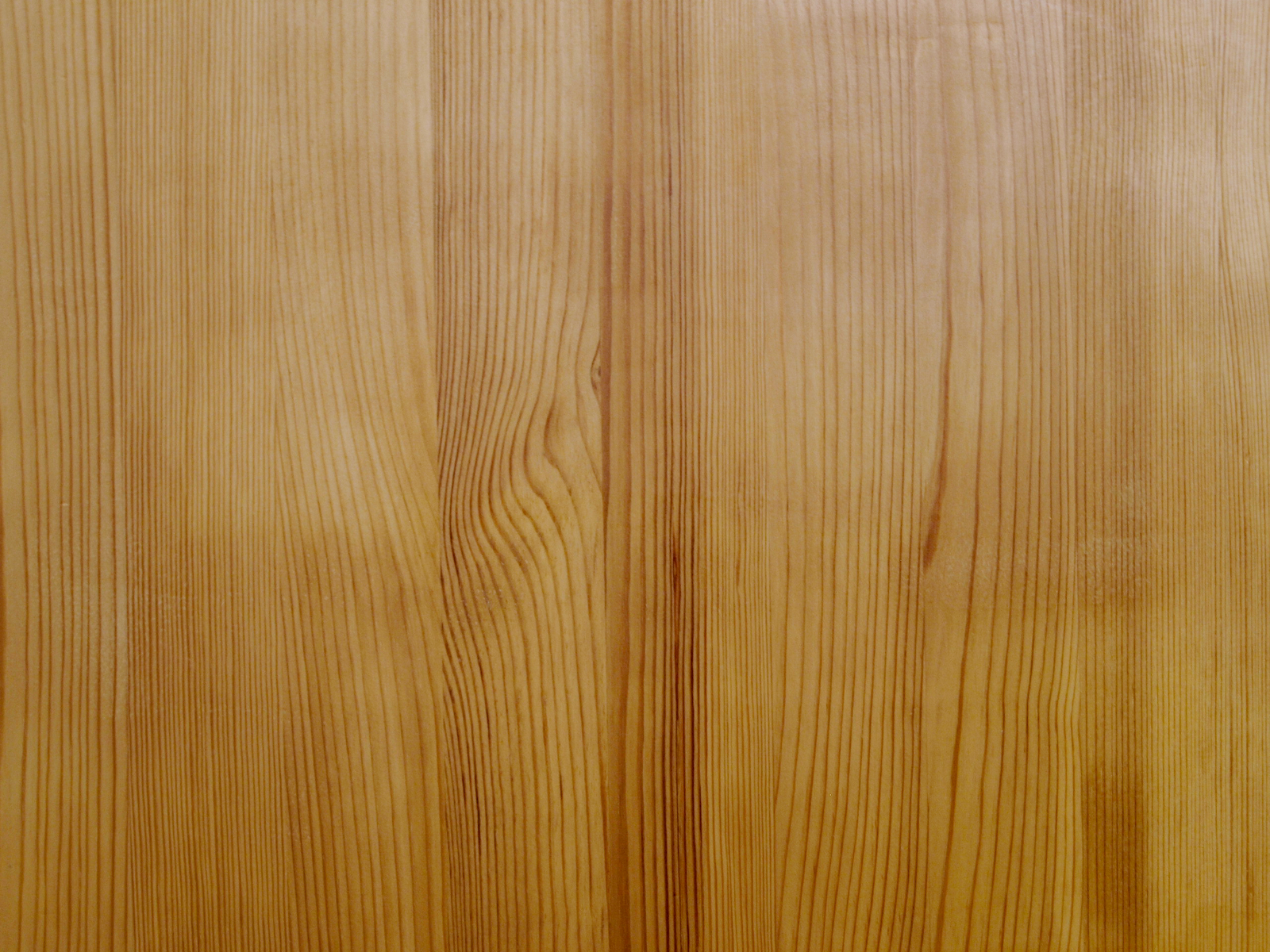
The Ultimate Guide to Wooden Floor Normal Maps
Wooden flooring is a popular choice for homeowners seeking a classic and timeless look for their home interiors. As much as we love the natural beauty of hardwood floors, we draw the line when it comes to the high costs and maintenance that come with it. But what if we told you that you can emulate the beauty of wooden floors with normal maps? This post will provide a comprehensive guide to wooden floor normal maps, including everything you need to know about them and how they can make your interior design dreams come true.
What are Normal Maps?
First things first, let’s define what normal maps are. In the world of 3D graphics, normal maps are textures that create the illusion of depth and surface detail on a flat surface. Essentially, a normal map is a way of replicating the way light interacts with a surface. Normal maps can make a flat surface appear much more detailed and three-dimensional than it really is. In the context of interior design, this means that normal maps can give you the look of wooden floors without the high cost and maintenance. The normal map will make the floor look like it has depth and texture, without actually requiring you to install real hardwood floors.
How Do Wooden Floor Normal Maps Work?
Wooden floor normal maps work by simulating the grooves and bumps present in real wooden floors. Essentially, the normal map creates the illusion that the surface is bumpy and has depth, even if it is flat. Normal maps are created by pairing a high-resolution image of a wooden floor with a normal map that defines its surface details. When the normal map is applied to a flat surface, it gives the appearance of depth and texture, emulating the look of real wooden floors.
How to Use Wooden Floor Normal Maps?
Using wooden floor normal maps is relatively straightforward. First, you need to choose the right normal map for your design project. There are a wide variety of wooden floor normal maps out there, so be sure to choose one that matches your aesthetic and color scheme. Once you have chosen your normal map, you need to apply it to your chosen surface. This can be done using a software that supports normal maps or by using a plugin that can apply the normal map to your surface. From there, you can tweak the settings to get the exact look you desire. You can adjust the height and strength of the normal map to ensure that it looks as realistic as possible.
The Advantages of Using Wooden Floor Normal Maps
- Cost-effective: One of the biggest advantages of using wooden floor normal maps is that they are much cheaper than installing real wooden floors. You can achieve the same look at a fraction of the cost.
- Easy to maintain: Real wooden floors require regular care and maintenance, including sanding, refinishing, and polishing. Wooden floor normal maps, on the other hand, require no such upkeep. Once you have applied the normal map to your chosen surface, you can simply forget about it.
- Versatile: Wooden floor normal maps are incredibly versatile and can be applied to a wide variety of surfaces. You can use them on floors, walls, and even furniture pieces.
- Highly customizable: With wooden floor normal maps, you have complete control over the final look. You can tweak the settings to adjust the color, saturation, and texture until you achieve the exact look you desire.
- Eco-friendly: By using wooden floor normal maps, you are making a more sustainable choice for your home and the environment. You can achieve the same design aesthetic without contributing to deforestation and other negative environmental impacts.
Tips for Using Wooden Floor Normal Maps Effectively
So, you’ve decided to use wooden floor normal maps in your design project. What next? Here are some tips to help you use them effectively:
- Choose the right normal map: As mentioned earlier, it’s important to choose a normal map that matches your aesthetic and color scheme. Take the time to browse through different options and select the one that best fits your design vision.
- Experiment with different settings: To get the most out of your normal map, you will need to experiment with different settings. Play around with the height, intensity, and texture until you achieve the look you desire.
- Consider lighting: Lighting can have a big impact on the final look of your normal map. Make sure to experiment with different lighting setups to see how they affect the appearance of your surfaces.
- Pair with other materials: Wooden floor normal maps can look great when paired with other materials, such as stone or metal. Consider using them in combination with other textures to create an interesting and dynamic design.
- Think outside the box: Finally, don’t be afraid to think outside the box when using normal maps. You can use them to create unique designs that are not possible with actual wooden floors. Get creative and have fun!
Conclusion
Wooden floor normal maps offer a cost-effective, convenient, and eco-friendly alternative to real wooden floors. By using normal maps, you can achieve the same look and feel without breaking the bank or contributing to environmental damage. This guide has provided a comprehensive overview of wooden floor normal maps and how they can be used effectively in your interior design projects. By following these tips and tricks, you can create stunning designs that emulate the timeless beauty of real wooden floors.















